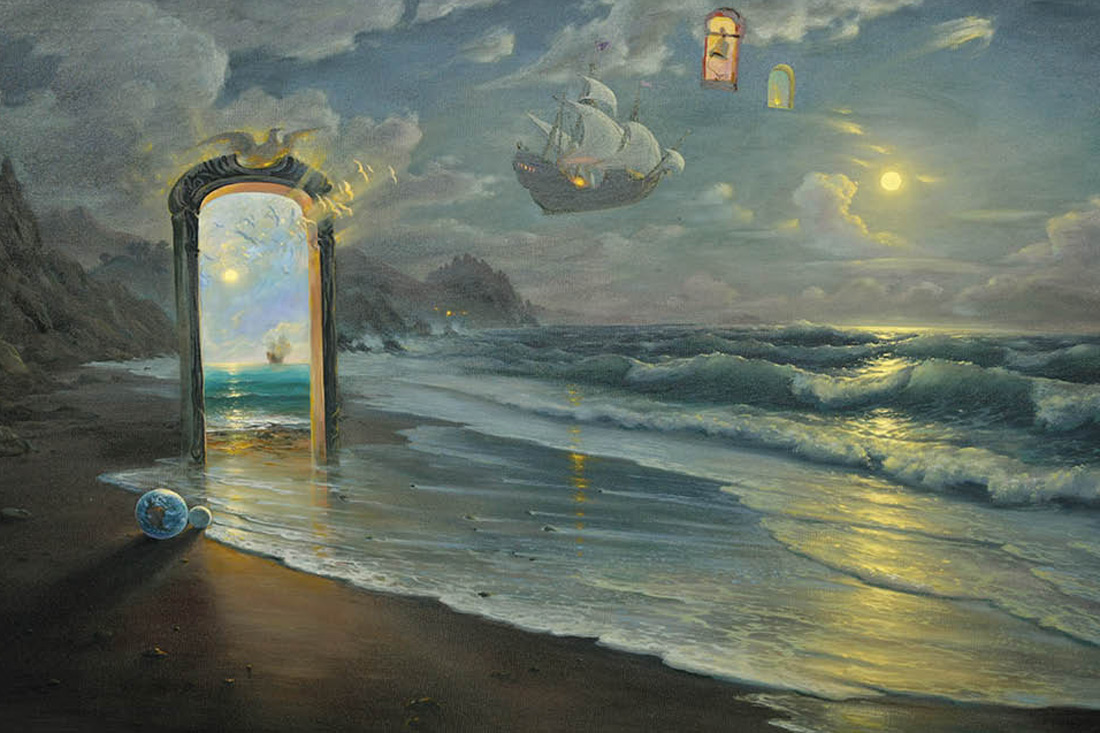The exhibition accepts works in which water or water conglomerations play a key role.
Sections
1. "Paintings: water in art"
2. "Graphics: water in graphical art"
3. "Sculpture: water in sculpture"
4. "Photography: water in photography and digital art"
5. "Textile: water in textile"
6. "Decor: water in arts and crafts"


The exhibition will feature works in which water or water conglomerations play a key role.
Nominations
1) Water and a man
2) Water and animals
3) Water as an element
4) Water as a mystery
5) Water as a game
6) Water as a sign






Water and a man
Water in human life - only where there is water, there is life. People plan their cities by the water, bathe in the water, work with the water. Our life is based on water and shaped by water. The sacred attitude to water is known all over the world. Water is at the heart of many religions. The charming and ephemeral image of water has been represented in the art of many centuries: in music, paintings, literature, cinema.
Water and animals
All creatures in the world need water to exist. Some species won't live even a day without it, some are able to live without it for days and weeks. Few of us ponders about how living organisms are adapted to the lack of oxygen in the water and why the inhabitants of the desert do not drink.
Water as a habitat for animals. Animals as a form of water realization.
Water as an element
Since the end of 18th century Europe was swept by the era of romanticism. And water element turned out to be an irreplaceable artistic image. Throughout the 19th century, the water surface in "landscapes of mood" was a mirror reflecting the inner world and the state of the author. And the dramatic collision with the stormy sea waves wonderfully highlighted and set off the scale of the human personality.
Water as a mystery
In anticipation of social upheavals, the theme of water in art acquired another meaning of mystery and symbol. The underwater world, the shimmering reflections of the magical lakes felt like symbolic images of a pipe dream and a ghostly, illusory world.
When the new era came, water on the canvases of artists became an image of purification from everything obsolete, and the water surface turned into a symbol of a new free life.
Water as a game
It is no longer enough for modern painters to simply depict water. Now various "games" with water are popular. Water is used as a background for a portrait, as a habitat and as an archetypal image.
Still, art is not mathematics. New discoveries do not cross out old truths. And today's sophisticated and well-worn artist, finding himself face to face with the eternal and always new water element, can forget about his fashionable installations for a while and suddenly see the spring river through the eyes of Levitan or mix paints on the palette and touch the canvas with Aivazovsky's emerald stroke. And a child, for the first time knowing the joy of drawing, will still draw blue waves and zigzags of the “sea” on paper, unaware of their ancient origin. After all, the theme of water in art is eternal.
Water as a sign
At the dawn of civilization, man and water were simply side by side, coexisting. Accordingly, the attitude of people to water was utilitarian. Water was conceived as part of the surrounding world, a means to quench thirst, bathe, and rest. Water was a transport and military artery, a source for watering fields and a hunting ground. To convey such an image, a scheme or a sign was enough. Depicting the pond, the ancient Egyptian artist used a series of conventionally geometric "waves" on a blue background to make it clear that the pond was filled with water. The same signs of water conveyed the surface of the river along which the ships sailed, or water jets flowing from the vessel.
In ancient Russian painting until the 17th century, the image of water is very rare. It can only be found in the Baptism icons. The landscape in ancient Russian miniatures sometimes reminded a geographical map. For example, if the plot unfolded on the bank of a river, then the river was shown from source to mouth, flowing through a number of lakes. Later, water was also conventionally depicted on Russian icons and miniatures. To show the sea, the artist painted the same curls and arcs on a dark background with light paint, picturing sea waves.
Register your works for the competition:






